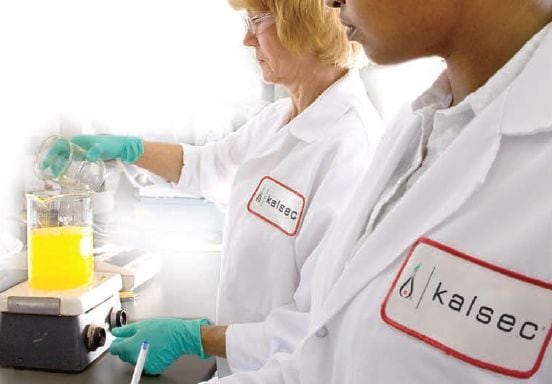What kind of demand are you seeing for natural colors?
Year-on-year growth in global new product launches featuring natural colors is 13%, so that’s creating steady demand.
Thanks to the ‘Southampton Six’*, demand from Europe has been particularly strong, but the publicity around them also increased awareness in the US, so we’re seeing a lot of activity here now.
In Europe, the change has already occurred, so natural colors are now ‘standard operating procedure’, whereas in the US, there are still some companies that are just starting to look at them.
Will natural colors ever be as cheap as synthetics?
It all depends on the source material. In some areas such as radishes, we’ve seen more suppliers coming into the market and prices have come down a bit. But in other areas, there is not a lot of room for prices to come down, so for this reason I don’t think we’ll ever get to 100% natural in the US unless there is no price premium.
However, if one major brand takes action, things can flip in an instant. New ranges such as Kroger’s Simple Truth [which are free from 101 ingredients including artificial colors] and Safeway’s private label ranges [Open Nature, 100% natural] are also driving demand.

With carmine, there were big spikes a couple of years, but prices have come down again now.
In general, you’ll continue to pay a premium for natural, but how much extra you’ll pay depends. Turmeric might be two times more expensive, while anthocyanins from radish might be 10-20 times more expensive. But cost in use is also a factor, so it all depends on the application.
Do natural colors now perform as well as artificial counterparts, or is there still a way to go?
I think the industry has been surprised by how much better natural colors are now performing. They are brighter than many people expect and advances in processing techniques that combat oxidation have made carotenoids much more stable.
There are still challenges with natural reds and pinks in high pH dairy applications if you don’t want to use carmine, and it would be nice to have yellow and orange colors with more inherent stability. In the US market, it would also be nice to have a natural blue [that has regulatory approval].
How are different natural colors providers differentiating themselves?
Everyone has different areas of expertise, although the big color houses all offer a pretty broad range now. Customers want consistency, stability and price.
One advantage we have is that we also specialize in natural preservatives - preventing oxidation in food systems - so if companies want clean labels we can combine our Durabrite colors with our Herbalox and Duralox natural oxidation management systems for enhanced stability, especially in snacks and snack seasonings.
How does the GMO issue impact the natural colors market?

In European markets, you’d use non-GMO ingredients as emulsifiers anyway, but this is now becoming a bigger issue in the US so customers are asking about whether we use non-GMO lecithin and so on.
* Controversy over the safety of artificial food colors reached a new frenzy in 2007 following the publication of a controversial study by the University of Southampton in the UK suggesting a link between six food dyes – the ‘Southampton Six’ – and hyperactivity in children.
They were E110 (sunset yellow/FD&C Yellow #6), E104 (quinoline yellow), E122 (carmoisine), E129 (allura red or FD&C Red #40), E102 (tartrazine/FD&C Yellow#5) and E124 (ponceau 4R).
While EFSA concluded that the results could not be used as a basis for altering the acceptable daily intakes of the colors in question, the European Parliament insisted that products featuring the colors should nevertheless include warning labels noting that they “may have an effect on activity and attention in children”.
Stay up to date with the latest trends in natural and clean label at Natural & Clean Label Trends 2013, a FREE-to-attend online event run by FoodNavigator.com and FoodNavigator-USA.com on June 26.
For full details and to register, click here.
